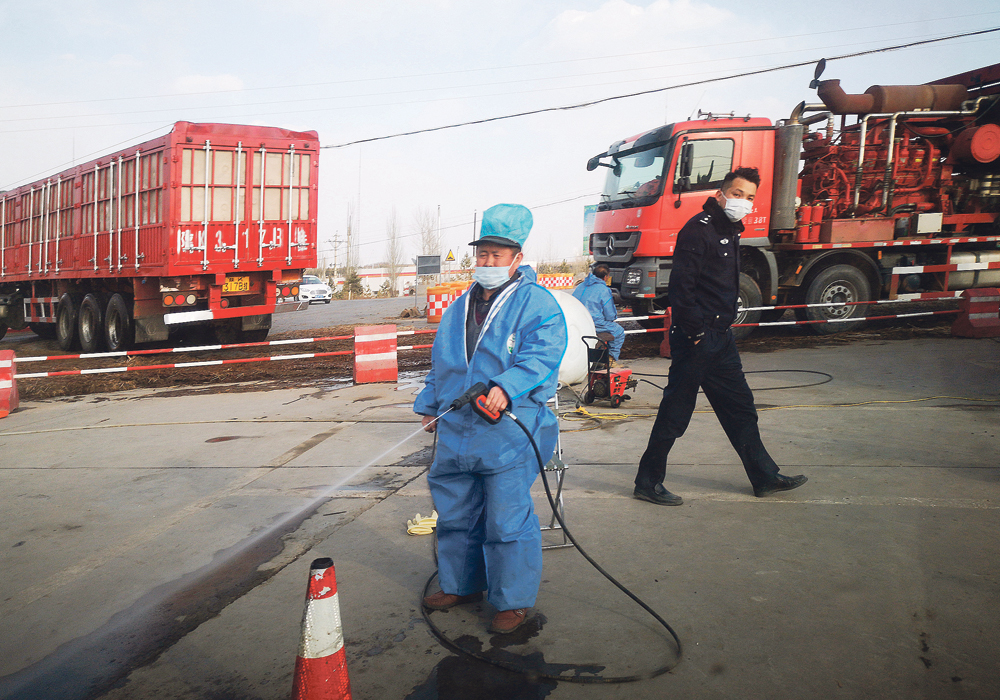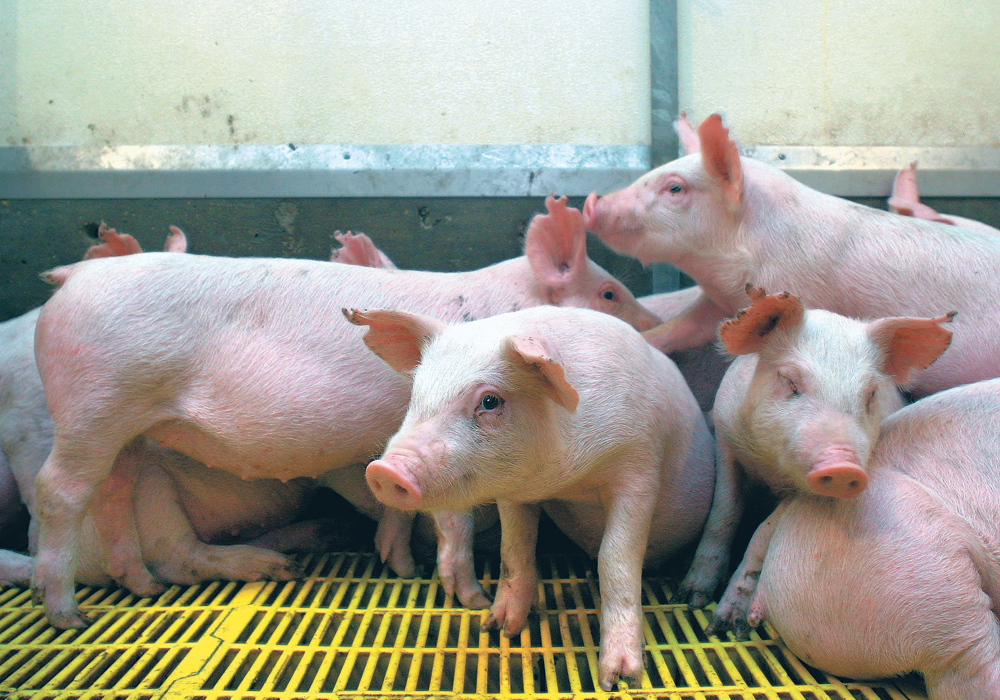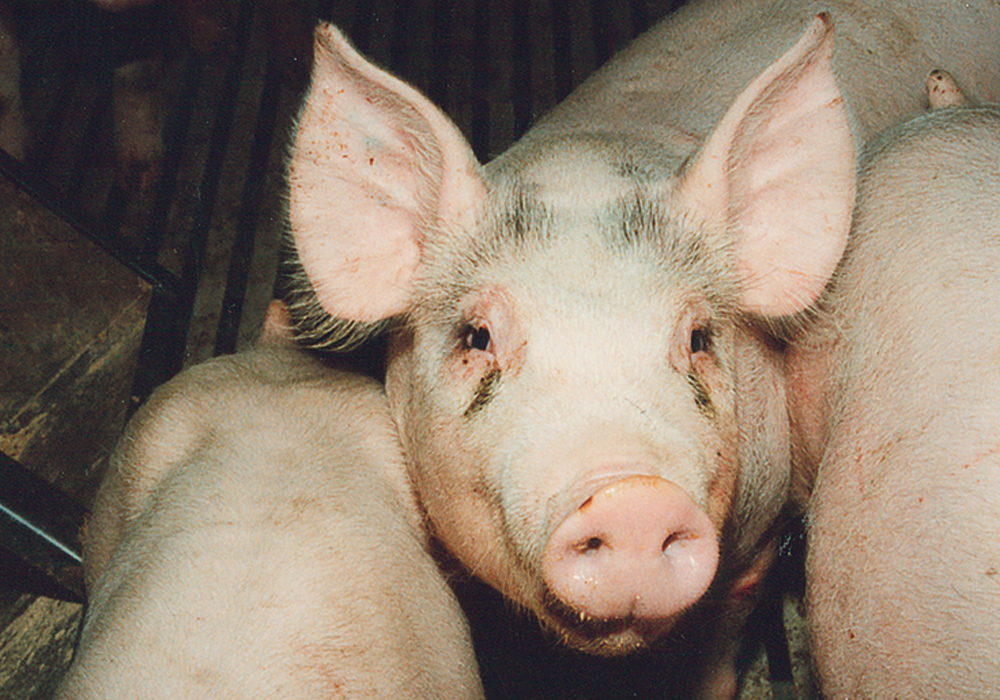The Chinese government claims the devastating hog disease is ‘under control’ and intends to resume production
China says African swine fever is behind it and it is time to rebuild the nation’s hog herd.
A senior official with China’s agriculture ministry told reporters at a recent news conference that the devastating disease is “under control” and the production and sale of hogs can return to normal, according to an article in the Dim Sums blog.
The Chinese government will provide hog producers with temporary aid, subsidized loans and insurance, and land for breeding farms to get the sector back on track.
Read Also

Critical growing season is ahead for soybeans
What the weather turns out to be in the United States is going to have a significant impact on Canadian producers’ prices
Tyler Fulton, director of risk management with H@ms Marketing Services, said any victory statements out of China should be taken with a grain of salt.
“I’m suspicious. I think it’s obvious that the disease is extremely difficult to control and to contain,” he said.
Fulton said China has notoriously been under-reporting the extent of the damage that ASF has caused to its hog herd.
The gold standard for that type of information is the United States Department of Agriculture’s Foreign Agricultural Service, which recently released a new report on the ASF outbreak.
It estimates that China’s hog herd will contract 21 percent in 2019 and fall a further 10 percent in 2020.
However, the impact on feed demand hasn’t been as dramatic as first anticipated due to increased feed use by the poultry and aquaculture sectors.
Corn consumption for feed and residual use in China fell by eight percent in 2018-19, while soybean meal demand dropped five percent.
China’s sow herd is forecast to decline by 30 percent in 2019.
“Due to the heavy loss of breeding sows in 2018 through 2020, China’s swine herd could take years to recover to pre-ASF levels both in terms of absolute numbers and productivity,” stated the report.
Governments in China do not share that slow recovery mentality.
Guangdong, which is a major hog producing province, is requiring each city to meet pre-ASF production targets calling for 34 million head in 2019 and 33 million in 2020.
“The targets seem unrealistic in view of the decimation of the province’s production capacity this year,” stated the author of the Dim Sums blog.
According to one analysis, Guangdong lost 70 percent of its swine production capacity.
As China rebuilds its herd, it is going to have to import pork products.
The USDA is forecasting a 60 percent increase in Chinese pork imports in 2019 despite a nine percent decline in consumption.
It says the six-million-tonne drop in China’s pork production will be partially offset by above-average frozen pork supplies of three to five million tonnes, reduced demand and increased consumption of alternative protein products.
Pork imports are forecast at 2.5 million tonnes in 2019, versus 1.56 million tonnes the previous year.
The USDA said China’s small and medium-sized farmers are starting to restock their herds because per head profits of US$30 to $60 could climb to $120 to $150 as live hog prices increase in the second half of 2019.
“This is a risky venture as ASF is still uncontrolled and outbreaks continue to occur,” stated the report.
Fulton noted that ASF has also spread to Vietnam and Laos. Thailand could be next. He said attempting to model future pork demand is a fool’s game in this environment but it’s safe to say there will be heightened demand and higher prices.
“That’s definitely the bias,” he said.
While some reports out of China are suspicious, the recent government numbers being bandied about are fairly similar to the USDA’s.
China’s ministry of agriculture estimates that the hog inventory is down 26 percent versus a year ago as of the end of June. The National Bureau of Statistics says inventory is down 15 percent, according to the Dim Sums article.
The ministry of agriculture says hog slaughter for the first six months of 2019 is about the same as a year ago, while the statistics bureau says it is down six percent.
The wholesale pork price was up 4.7 percent in June reflecting tight supplies. Government officials expect it to continue rising through the second half of 2019, according to the Dim Sums story.
Chinese pork production fell by 1.4 million tonnes in the first half of 2019, while poultry production increased by 500,000 tonnes and beef was up by 70,000 tonnes.


















